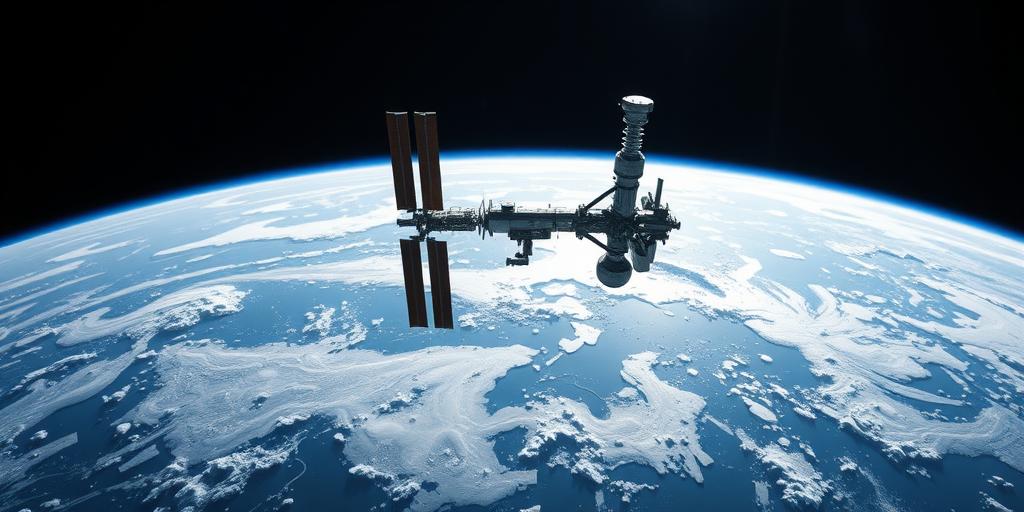The Future of the International Space Station: Extension or Retirement?
The International Space Station (ISS), a symbol of international collaboration in space, has been orbiting Earth for over two decades. As it approaches the end of its planned operational life, discussions are intensifying about its future: should it be extended or retired?
A Legacy of Collaboration and Discovery
Launched in 1998, the ISS represents a partnership between five space agencies: NASA (United States), Roscosmos (Russia), JAXA (Japan), ESA (Europe), and CSA (Canada). It serves as a microgravity and space environment research laboratory where scientists conduct experiments in various fields, including biology, physics, astronomy, and human physiology. These experiments provide invaluable insights that are impossible to obtain on Earth.
The Case for Extension
Advocates for extending the ISS argue that it remains a unique and valuable platform for scientific research and technological development. Here are some key arguments:
- Continued Scientific Output: The ISS continues to produce groundbreaking research, with potential applications in medicine, materials science, and other fields.
- Commercial Opportunities: The ISS is increasingly being used for commercial activities, such as manufacturing and testing new technologies. Extending its life would allow these activities to grow.
- Gateway to Deep Space: The ISS can serve as a training ground and testbed for technologies needed for future missions to the Moon and Mars.
- Geopolitical Considerations: The ISS fosters international cooperation and provides a platform for dialogue between nations, which is particularly important in the current geopolitical climate.
The Case for Retirement
On the other hand, there are compelling reasons to consider retiring the ISS. Some of the main points include:
- Aging Infrastructure: The ISS is an aging structure, and maintaining it requires significant resources. As components age, the risk of failure increases, potentially jeopardizing the safety of the crew.
- High Costs: The annual cost of operating the ISS is substantial, consuming a significant portion of the budgets of the participating space agencies. These funds could be redirected to new missions and technologies.
- Emergence of Commercial Alternatives: Private companies are developing their own space stations, which could potentially offer similar research and commercial opportunities at a lower cost.
- Focus on Deep Space Exploration: Retiring the ISS would allow space agencies to focus their resources and attention on more ambitious goals, such as returning to the Moon and eventually sending humans to Mars.
Potential Scenarios
Several scenarios are being considered for the future of the ISS:
- Extension to 2030: This is the current plan, with NASA and other partners committing to operate the ISS until 2030. This would allow for continued research and commercial activities while gradually transitioning to new platforms.
- Phased Transition to Commercial Stations: Under this scenario, the ISS would be gradually decommissioned as commercial space stations become operational. NASA and other agencies would then lease research facilities on these new stations.
- Deorbiting and Controlled Demise: If no viable alternatives emerge, the ISS would be deorbited and safely disposed of in a remote area of the Pacific Ocean, similar to what was done with the Mir space station.
Conclusion
The decision on whether to extend or retire the International Space Station is a complex one, involving scientific, economic, and geopolitical considerations. While the ISS has been a remarkable achievement and a valuable platform for research and collaboration, its aging infrastructure and high costs raise questions about its long-term sustainability. As commercial alternatives emerge and space agencies set their sights on deep space exploration, the future of the ISS remains uncertain. The coming years will be critical in determining its ultimate fate.









